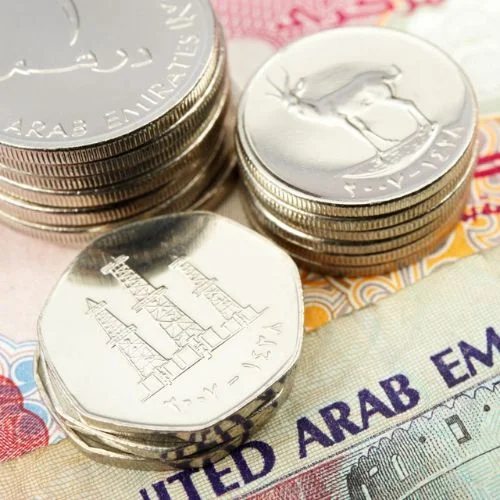The government would accept bids for 20 important mineral blocks, including lithium and graphite, in the next two weeks, Mines Secretary V L Kantha Rao told news agency PTI on November 14.
The Centre authorized royalty rates of 3% for lithium, 3% for niobium, and 1% for Rare Earth Elements (REEs) last month.
Critical minerals are becoming more crucial for the country’s economic growth and national security.
Lithium and rare earth elements (REEs) have acquired importance in light of the country’s commitment to energy transition and reaching net-zero emissions by 2070.
India, which has been looking into methods to secure supply of lithium, a vital raw element needed in the production of electric car batteries, discovered its first lithium deposits in Jammu and Kashmir in February, with estimated reserves of 5.9 million tonnes.
KABIL, which stands for Khanij Bidesh India Ltd, was founded in August 2019 to identify, acquire, develop, and process important minerals for usage in India.
India, one of the world’s largest emitters of greenhouse gases, has been seeking international treaties to acquire vital minerals in resource-rich nations such as Australia, Argentina, and Chile.
According to Bloomberg, lithium-ion battery prices increased for the first time in the EV era last year. Elon Musk decried lithium’s “insane” surge, citing high raw material prices as one of Tesla Inc.’s major challenges.
Demand for lithium, nickel, cobalt, and other metals used in lithium-ion batteries is increasing as the globe shifts away from gasoline-powered combustion engines.
A crucial mineral is a metallic or nonmetallic element that has two properties:
1. It is required for the operation of our current technology, economy, and national security, and
2. There is a possibility that its supply networks may be interrupted.
Critical minerals are utilized in the production of innovative technology such as cell phones, computers, fiber-optic cables, semiconductors, banknotes, and defense, aerospace, and medical applications. Many of these materials are utilized in low-emission technologies such as electric cars, wind turbines, solar panels, and rechargeable batteries. Some are also necessary for everyday items such as stainless steel and electronics.
Risks to important mineral supply chains may arise when mineral production or processing is controlled by a single country or company, thereby limiting availability. Market immaturity, political choices, societal unrest, natural catastrophes, mining accidents, geological shortages, pandemics, and war are all hazards.















